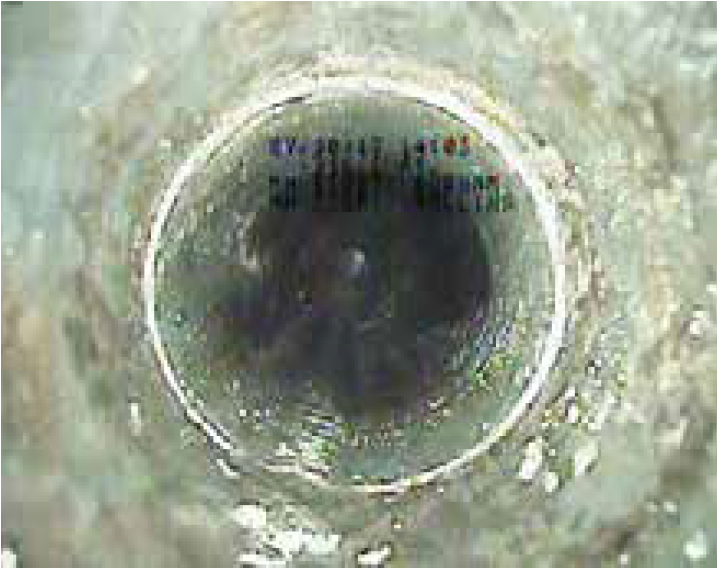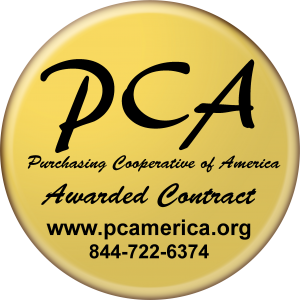Location: Columbia, MO
Client: City of Columbia
Carylon Operating Company: Ace Pipeline Cleaning
Services Performed: Pipeline Rehabilitation
Ace Pipe Cleaning, Inc., currently holds a sewer rehabilitation contract with the City of Columbia, MO. As a part of this contract, Ace and its subcontractors are responsible for rehabilitating the sewer mains, sewer laterals, and manholes within the City of Columbia. The vast majority of this work is done utilizing trenchless technologies that do not require disturbance of the ground. At one of the progress meetings, City of Columbia Sanitary Sewer Engineer, Nate Runyan, indicated that Dave Mathon, Water Engineering Supervisor, had a water distribution line, approximately 300 feet in length, which needed rehabilitation in lieu of excavation because of the other utilities in the surrounding area, along with a retaining wall very close by.
Since Ace was already a licensed Primus Line® (NSF/ANSI 61 certified) installer, their low pressure water main product fit perfectly into this application, which is a flexible relining solution for the trenchless rehabilitation of pressure pipes. It is not bonded to the host pipe and is self-supporting.
After the access pits were excavated, Ace ran a camera through the line to determine the extent of scale buildup in the pipe, and what tools would be required to clean the line out. There were soft deposits, as well as hard deposits at some of the joints, that needed to be cleaned out prior to installation.
For this project the cleaning was accomplished using a high pressure jetter with a rotating nozzle to blast and scour the pipe. This removed 98 percent of the debris, however some of the hardened deposits, as well as a few of the welded joints, needed some grinding work to finish the preparation.
When the cleaning was completed the crew set to work installing the liner. The liner installation was a fairly simple process that involved using a winch to pull the liner through the existing host pipe from one pit to the other. The size of the winch necessary to ensure a successful installation depends upon the number of bends in the host pipe and the length of the liner to be installed. The liner is delivered folded and taped into a C-shape, which reduces the surface area and pulling forces required for installation.
Rollers were secured to the host pipe at both ends of the pit to ensure the liner was not damaged when it was being pulled into place. Once the liner extended into both pits, the liner and end fittings were prepped. The rollers were then removed from the host pipe and double-sided ANSI flanged end fittings put into place. These specially designed fittings connected to the existing host pipe, and allowed for a spool piece to be dropped into the pit in order to tie the system back together.
Upon completion of the liner installation, the rehabilitated liner was pressure tested at 1.5 times operating pressure, or approximately 100 psi for this installation. A chlorination and bacteria test was performed on the newly rehabilitated liner and it was put back into service.








